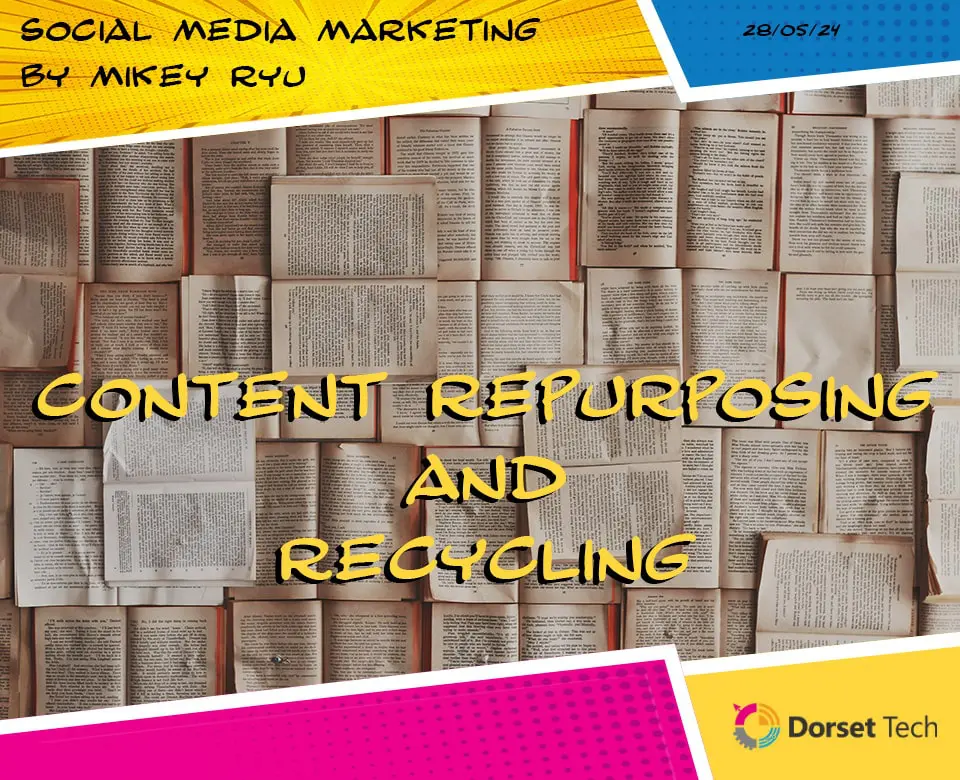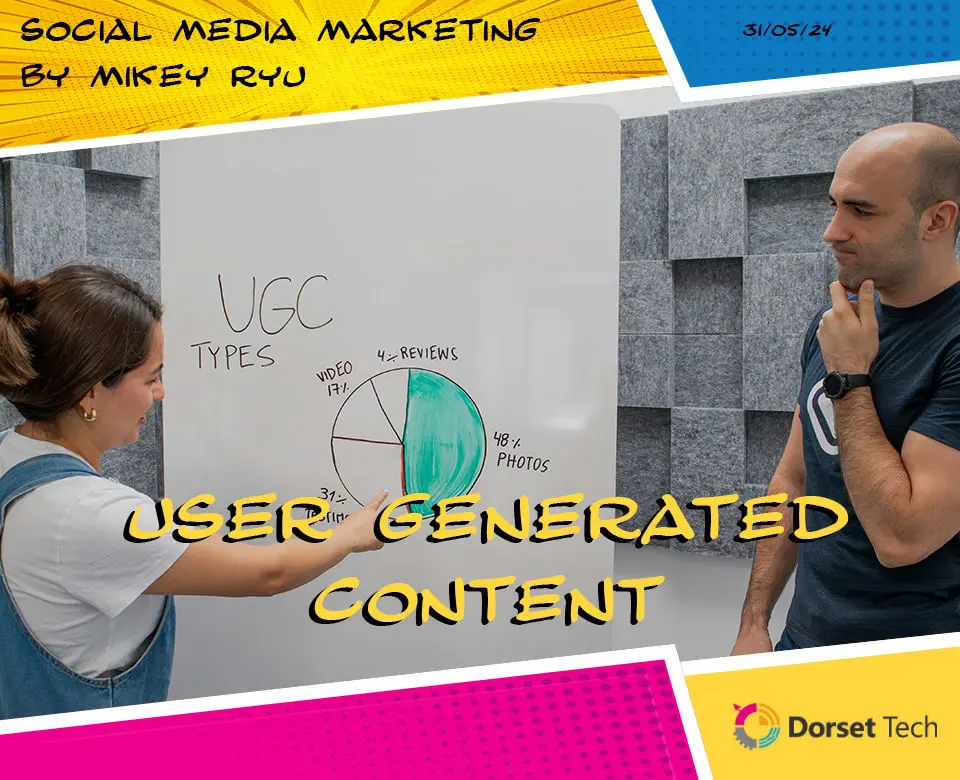
Content Repurposing and Recycling in Social Media
Creating high-quality content takes time, effort, and resources. To maximise the value of your content, repurposing and recycling are essential strategies in social media marketing. These practices help extend the lifespan of your content, reach new audiences, and enhance your overall marketing efficiency. In this blog, we will explore the importance of content repurposing and recycling, what types of content can be repurposed, and best practices for doing so effectively.
The Importance of Content Repurposing And Recycling in Social Media Marketing:
Content repurposing and recycling involve taking existing content and modifying it for use in different formats or on different platforms. This approach offers several significant benefits for your social media marketing efforts:
Maximise ROI:
By reusing content, you get more value from the resources spent on content creation. This helps maximize your return on investment (ROI) and ensures that your content reaches a wider audience.
Reach New Audiences:
Different platforms attract different audiences. Repurposing content allows you to tailor your message to fit the preferences of various social media channels, thereby reaching new potential customers.
Save Time and Effort:
Creating fresh content constantly can be exhausting. Repurposing and recycling save time and effort by leveraging existing content, allowing you to maintain a consistent posting schedule without the constant need for new material.
Reinforce Key Messages:
Repeating important messages across various formats and platforms reinforces your brand’s key points, making them more memorable for your audience.
Adapt to Different Learning Styles:
People consume content in different ways. Some prefer reading, while others prefer watching or listening. Repurposing allows you to cater to different learning styles by presenting the same content in multiple formats.
What Content Can be Repurposed?
Virtually any type of content can be repurposed and recycled. Here are some common types of content that are particularly well-suited for repurposing:
Blog Posts:
Transform long-form articles into shorter social media posts, infographics, or videos. Key points from a blog post can be shared as a series of tweets or Instagram posts.
Videos:
Break down longer videos into shorter clips suitable for platforms like Instagram, TikTok, or Twitter. Transcribe video content to create blog posts or social media captions.
Webinars and Podcasts:
Extract highlights or key takeaways and turn them into quote graphics, short video clips, or blog summaries.
Infographics:
Segment infographics into individual images or slides for sharing on platforms like LinkedIn or Instagram.
Ebooks and Whitepapers:
Break down extensive documents into a series of blog posts, social media updates, or slides for presentations.
Customer Testimonials:
Use customer reviews and testimonials in social media graphics, video testimonials, or as quotes within blog posts and other content formats.
Content Repurposing Best Practices:
To effectively repurpose and recycle your content, follow these best practices:
Know Your Audience:
Understand the preferences and behaviours of your audience on different platforms. Tailor repurposed content to fit the format and style that resonates with each specific audience.
Maintain Consistency:
Ensure that the repurposed content aligns with your brand’s voice and messaging. Consistency is key to maintaining a cohesive brand identity across all channels.
Add Value:
Simply copying and pasting content is not enough. Enhance the repurposed content by adding new insights, updating information, or presenting it in a fresh way that adds value to your audience.
Optimise for Each Platform:
Customise your content for the specific platform. This may involve resizing images, adjusting video lengths, or modifying the tone and format to suit the platform’s unique characteristics.
Plan Strategically:
Create a content calendar that includes repurposing as a regular part of your content strategy. Plan how and when to repurpose content to ensure a steady flow of diverse and engaging material.
Track Performance:
Monitor the performance of repurposed content to understand what works best. Use analytics to refine your strategy and focus on the formats and platforms that yield the highest engagement.
In conclusion, content repurposing and recycling are powerful strategies for maximizing the impact and reach of your social media marketing efforts. By effectively repurposing content, you can extend its lifespan, reach new audiences, and maintain a consistent and engaging presence across multiple platforms. Embrace these practices to enhance your marketing efficiency and achieve greater success in your social media campaigns.





















